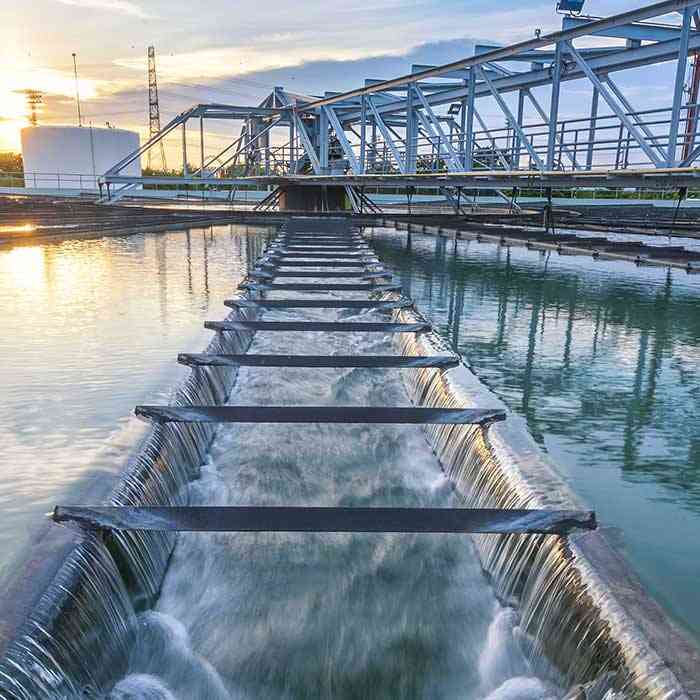The state of California enacted the Safe Drinking Water and Toxic Enforcement Act, also known as Proposition 65, in 1986. Proposition 65 is administered by the California Office of Environmental Health Hazard Assessment (OEHHA) and enforced by the California Attorney General’s Office. This act is aimed at protecting California’s drinking water from contamination by chemicals known to cause cancer, birth defects, or other reproductive harm.
The list of chemicals on the Proposition 65 list is updated at least once a year and contains more than 900 chemicals. Chemicals can be added to the list in one of four ways.
- Chemicals identified by the World Health Organization’s International Agency for Research on Cancer (IARC) as causing cancer in humans or laboratory animals are required to be included in the Proposition 65 list.
- The State’s Qualified Experts (SQE) can determine that a chemical causes cancer, birth defects, or other reproductive harm. SQE’s can be members of the Carcinogen Identification Committee (CIC) or the Developmental and Reproductive Toxicant Identification Committee (DARTIC).
- Chemicals identified by Authoritative Bodies such as the US Environmental Protection Agency, US Food and Drug Administration, National Institute for Occupational Safety and Health, the National Toxicology Program of the US Department of Health and Human Services, and IARC.
- Chemicals required by an agency of the state or federal government to be labeled as causing cancer, birth defects, or other reproductive harm.
Businesses are required to inform consumers about exposure to chemicals on the Proposition 65 list. Penalties for violating Proposition 65 can be up to $2,500 per day.
Visit the OEHHA website for more details.

 English
English


